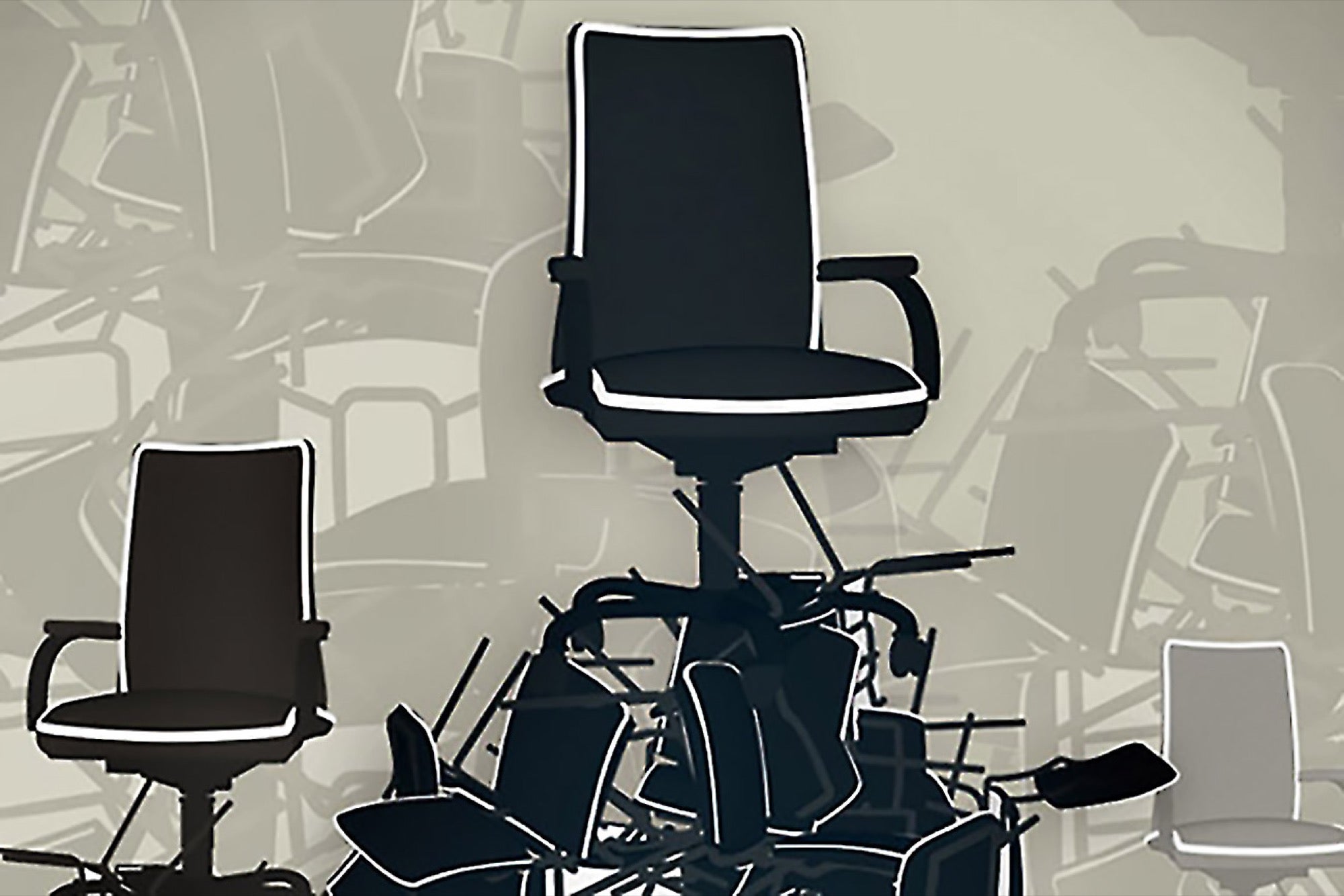Swap Seats, Change Your Company? Why Where You Sit Matters From enhancing daily interactions to finding more efficient ways of accomplishing tasks, the right office seating approach can make a big difference in your business.
By Gwen Moran Edited by Frances Dodds
Opinions expressed by Entrepreneur contributors are their own.

Does it matter where your employees sit in the office? Actually, it matters quite a bit, says Ben Waber, president and CEO of Boston-based Sociometric Solutions, which studies workplace interaction using sensors and other methods.
Waber says that between 40 and 60 percent of all work interactions, including face-to-face, email, instant messages, phone calls and others include the people who sit near you at work. That insular existence can boost productivity, but it can also create an environment where people don't make connections with others, fostering relationships that could spur efficiency and innovation. But there are steps you can take to overcome the challenges of static seating and keep your teams interacting.
1. Evaluate your culture.
Before you abolish assigned seating in favor of floating workstations, Waber warns that you need to make changes while keeping your company culture and work reality in mind. If every office is mired in paper files that would take two weeks to move, you're not going to want to make regular workstation shifts because it would be too disruptive. If you have employees whose work requires privacy, such as a law or financial services firm, shifting to an all-open floor plan to encourage interaction could be counterproductive.
"Think about who your people are and how they work before you start making decisions about how to get them to interact with other employees. If you make changes without taking that into consideration, it could be a waste of time," he says.
Related: To Boost Efficiency, Rethink Company Culture
2. Make logical connections.
Look at the teams that work together regularly and try to seat them near each other. Do marketing and product development teams need to interact? What would happen if your sales team sat near the finance department so they could better understand each other? Seek out the teams who work closely or those who could be more effective and efficient with proximity and work out office seating arrangements to accommodate those opportunities.
3. Understand seating significance.
Waber says company owners also need to understand office seating's social order. While Millennial workers may be fine with an open floor plan where everyone's workstation looks the same, GenX or Boomer generation employees may assign significance to where they sit. Being removed from a windowed office to sit at a uniform workstation may feel like a demotion in some ways, he says. When you're designing new seating charts, consider how your employees feel about their workspaces and whether this type of differentiation matters, he says.
Related: The Most Common Bottlenecks Holding Your Business Back (Infographic)
4. Engineer serendipity.
When you can't continually change workstations, create places where employees come together. Centralized coffee or snack areas, game rooms, or other places where employees can gather to work together or take a break will give them opportunities to interact. Encourage employees to get to know others in various departments and reward those who make an effort to reach out to other departments and work together more effectively and efficiently.
5. Experiment with short-term seating changes.
Whether it's a one-day desk swap or a combined department work session in a conference room, look for ways to get your key employees to understand other departments and how they work. Those types of contacts and environment changes can help spur connections, new ideas, and efficiency that wouldn't have happened otherwise, he says.
Related: 5 Insanely Simple Ways to Banish Your Messy Desk Forever









